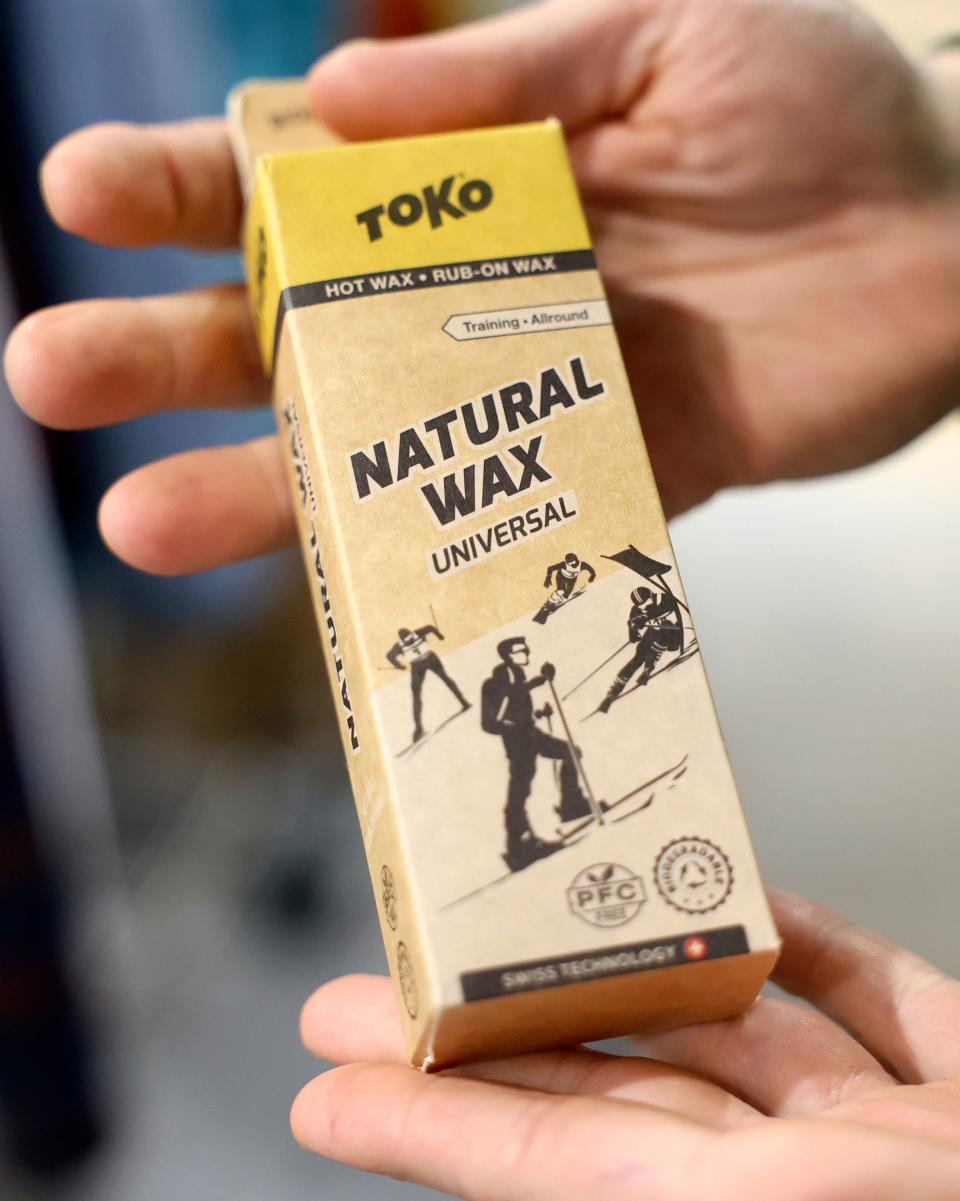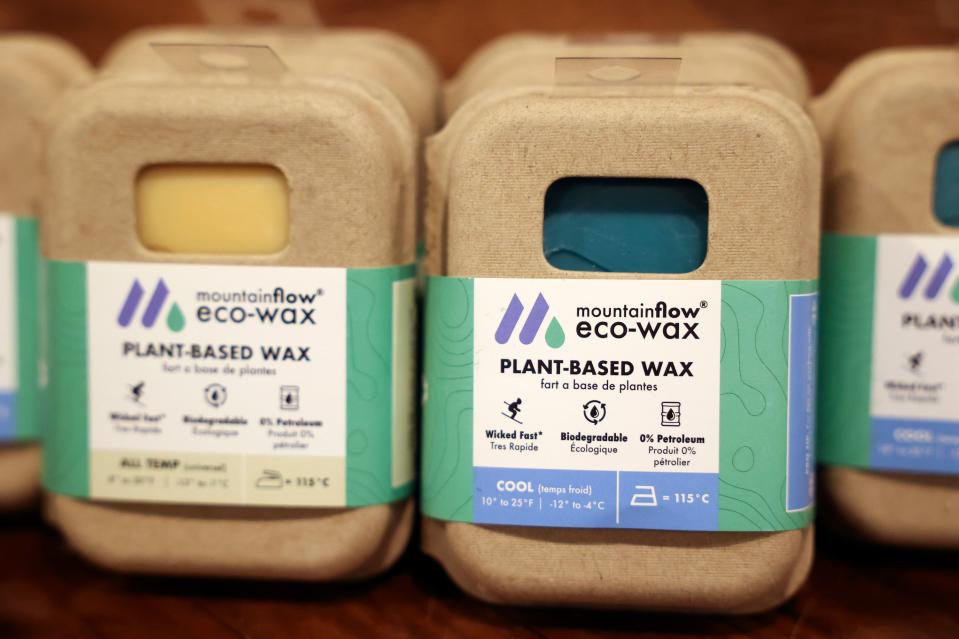EPA proposes strict new limits on ‘forever chemicals’ in drinking water

An insidious but convenient group of chemicals linked to public health safety are under scrutiny from the U.S. Environmental Protection Agency in its proposal to drastically lower the allowable limits in drinking water.
PFAS, or polyfluoroalkyl substances, are known as “forever chemicals” because the man-made elements are incredibly hard to break down and eliminate and are literally found everywhere: in your blood, in fish, in the ground and drinking water.
The EPA has been grappling with this problem for years, initially setting an advisory of 70 parts per trillion in drinking water, but on Tuesday that limit received a massive overhaul under the proposal of 4.4 parts per trillion as a maximum allowable level in drinking water.
Big impacts?
“The EPA’s move to regulate PFAS and related chemicals in drinking water is going to have potentially significant impacts,” said Joel Johnston, a partner and shareholder at the national law firm Hall Estill which specializes in environmental and regulatory issues.
“Given these chemicals tend to linger in the environment and build up over time, coupled with their previous widespread use in both industrial and common household applications, it is likely that a significant number of water systems/supplies across the country are impacted, so water utilities and managers of impacted systems will need to implement new technologies to remove the compounds, or change their water source.”
The PFAS family of man-made chemicals is what keeps winter coats water repellant, helps pizza not stick to boxes and served as a key ingredient in the development of Teflon — think non-stick cookware.
Park City has already been testing its drinking water supplies and found a group of chemicals under the PFAS umbrella in its aquifer and groundwater wells used for drinking water.
The results came in at 5.4 parts per trillion for one compound and 7.2 parts per trillion in another compound in those drinking water supplies, leading the city to enact a new regulation banning what it believes is the source: fluroro ski wax. People who have purchased that type of ski wax can turn it in to the Recycle Utah facility in Park City until April 15.
Related
Laura Briefer, director of the Salt Lake City Division of Public Utilities, said the Park City ban may be a path that Utah’s capitol city follows.
“If those ski wax (compounds) are in our watershed we would look to see if we can do something similar because if that is the cause of PFAS in Park City, that would be concerning,” she said.
Contamination of PFAS in water has been on the city’s radar for years and it acted under a directive from the EPA to test for non-regulated contaminants in 2013 directed at surface water supplies.
In 2019, the Metropolitan Water District of Salt Lake and Sandy also conducted water sampling for PFAS, with non-detect levels determined at that time.

These convenient compounds have been around for decades, but have been a tough issue for regulators to address because of their scope of use in everyday products. They are linked to health impacts that include liver disease, thyroid disease, low birth weight and decreased fertility rates for women. How much is too much to cause health problems, and how little is little enough to eliminate those adverse health impacts?
“Now it is ubiquitous in our environment, everywhere. We really need to make sure our public water supply is not contributing to these compounds,” Briefer said.
The proposed maximum contaminant levels are for PFOA and PFOS, a subgroup of compounds that Park City found in its drinking water supplies in the ground. For the others, the EPA is proposing a “hazard index,” which is a tool the agency uses to address cumulative risks from mixtures of chemicals.
Related
“Today’s announcement by the EPA is historic progress,” said Scott Faber, senior vice president for government affairs at the Environmental Working Group. “This proposal is a critical step toward getting these toxic poisons out of our water.”
Regulations underway
According to the Environmental Working Group, 10 states across the nation have already started to implement enforceable drinking water standards for the chemical compounds including Michigan, Minnesota, New York, Pennsylvania and Vermont.
Other states, including some in the West, have adopted guidance levels or health advisories. Those include Colorado, California, Oregon, Washington and Alaska.
“Today we can celebrate a huge victory for public health in this country — the EPA is finally moving forward to protect drinking water across the United States by proposing federally-enforceable limits on some of the most toxic, persistent, and bioaccumulative chemicals ever found in our nation’s drinking water supply,” said Rob Bilott, the attorney who uncovered the widespread presence of PFAS chemicals and whose story is told in his book Exposure and portrayed in the movie “Dark Waters.”
Utah’s attack
Tim Davis, director of the Utah Division of Drinking Water, said the state has done voluntary sampling for about 110 communities for the contaminants, representing about 70% of the population in Utah.
He said the two water providers found with contaminant levels above the 4.4 parts per trillion were Park City and a water provider called Twin Creeks operating in the Heber area.
“What EPA has proposed is the reliably detectable level of both compounds at four parts per trillion. And you know, they’re just starting the process that we’re digesting and we will need to digest this like all the other states and the science that they use when making the determination. But the level they proposed at least can be reliably sampled. Anything below that, you’re going to get false positives, false negatives.”
He added that drinking water in Utah is safe, but this proposed EPA revision will give regulators new tools.
“Once we have that final maximum contaminant level, then we’ll have an enforceable standard that we can then make sure that all systems across the state are are meeting,” he said.





Correction: A previous version incorrectly identified Tim Davis as the director of the Utah Division of Water Quality. Davis is the director of the Utah Division of Drinking Water.

